BGS to update geological maps of Strathmore
A three-year project has begun to revise geological maps of Strathmore, which were last surveyed nearly 100 years ago.
10/06/2024 By BGS Press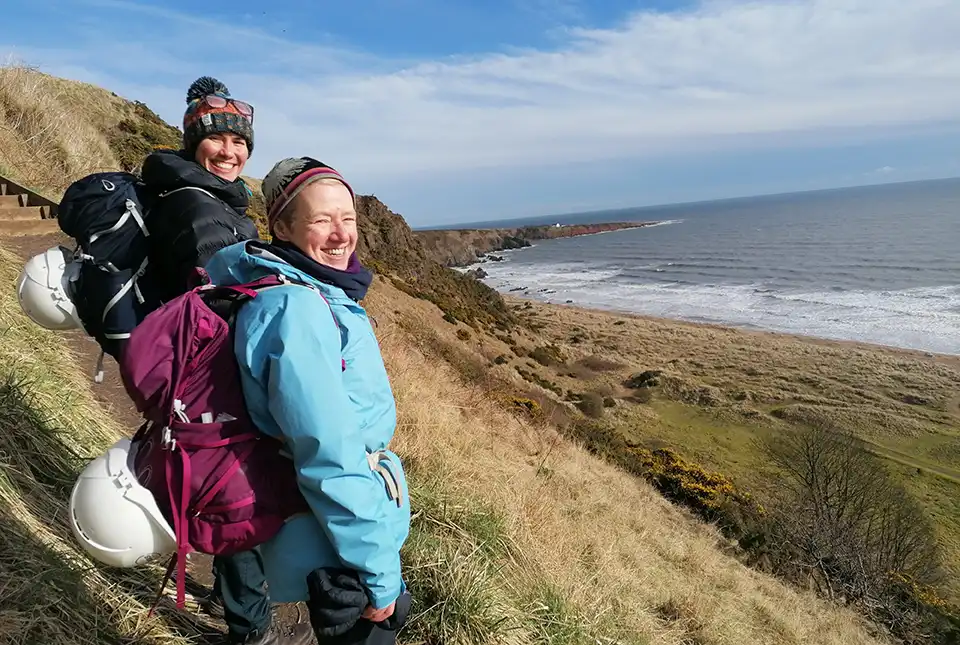
A re-survey of Strathmore, eastern Scotland, has been commissioned under BGS’s national mapping programme. The area was last surveyed in the 1880s and the re-survey will provide updated geological data and information for the region.
Field studies will be conducted between Montrose and Alyth from May to June 2024 and in September 2024 and spring 2025. The field survey will be done on foot, making observations of rock exposures, soils and the form of the landscape. Geological maps will then be drawn up using the field observations alongside analyses of borehole records, historic maps and remote-sensing datasets, such as digital terrain models and aerial photos.
The geology of the region includes the sandstones, siltstones and conglomerates of the ’Old Red Sandstone’, which were deposited by rivers in hot and dry conditions some 400 million years ago in the Devonian Period. The reddish colour of these rocks and the rich soils derived from them are characteristic of the region. The higher ground of the Ochil Hills is underlain by volcanic rocks, which are typically associated with acidic soils.
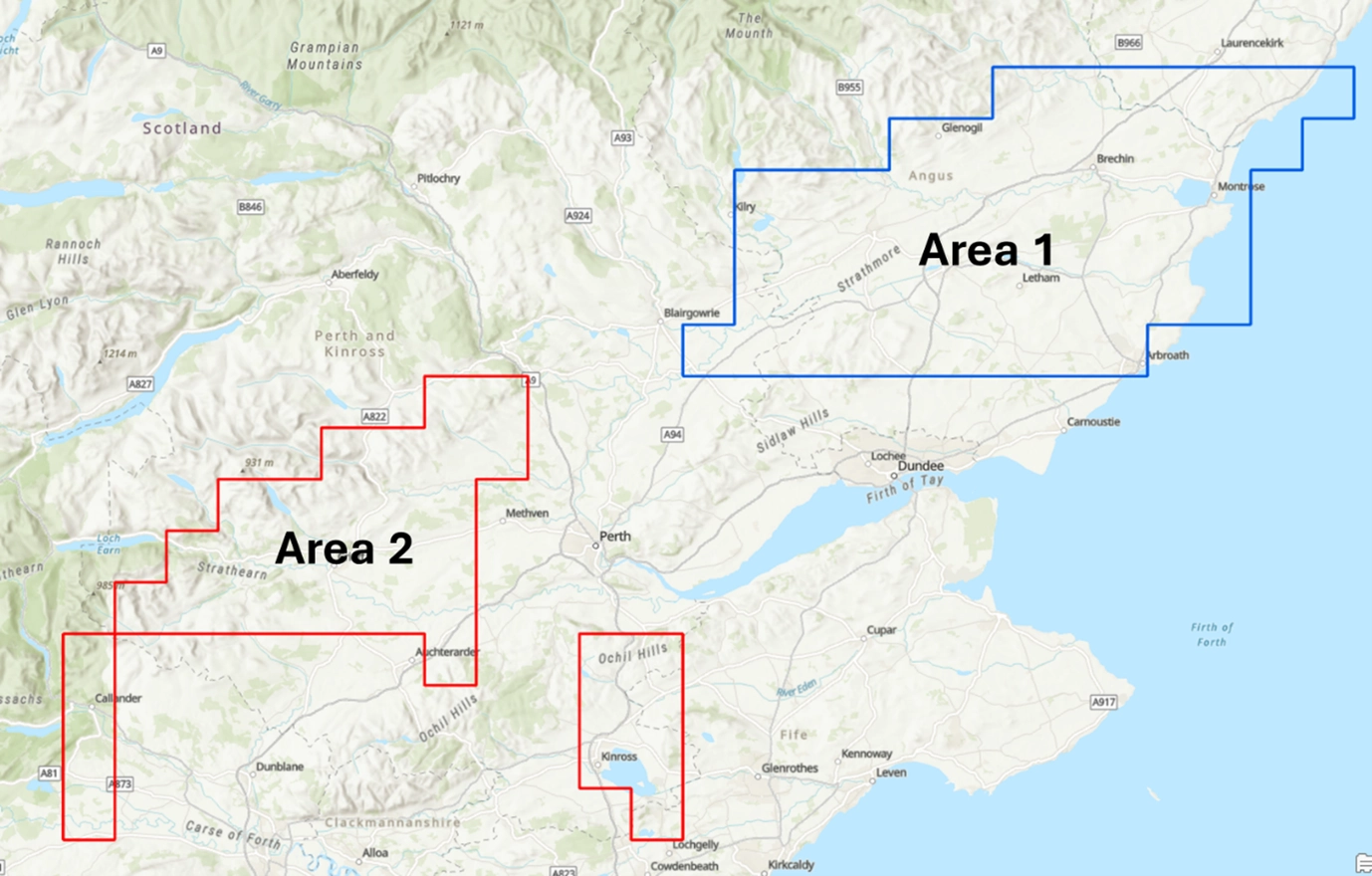
Area one, Montrose to Alyth, will be surveyed from May to June 2024 and in September 2024 and spring 2025. Area two, Crieff, will also be surveyed in spring 2025. Contains OS data © Crown copyright and database rights.
The survey will address questions about the arrangement of the sandstones, conglomerates and volcanic units and develop new understanding of how they have been deformed by faulting and folding.
The results will also help BGS to better understand ground conditions and the pathways for groundwater flow, supporting groundwater management and assessments of geothermal resource potential. In the future, this will help farmers and other rural businesses identify more reliable groundwater sources and make decisions around investment in ground-source heat pumps. Geological maps produced from this work will form part of the national geological map, which can be freely viewed on the BGS maps portal or on the GeoIndex (onshore) on the BGS website. Research papers and reports will also be accessible via the BGS website and NERC Open Research Archive services.
The Strathmore area was last surveyed nearly 100 years before we knew about plate tectonics and before there were aerial photos. With this re-survey, we can re-shape our understanding of a key part of Scotland’s geological past by looking at these rocks and structures with new eyes, both in the field and using modern digital data resources.
Katie Whitbread, BGS Survey Geologist and Strathmore project lead.
For further information about BGS and the Strathmore project, please contact BGS enquiries (enquiries@bgs.ac.uk) or telephone 0115 9363100.
Related news
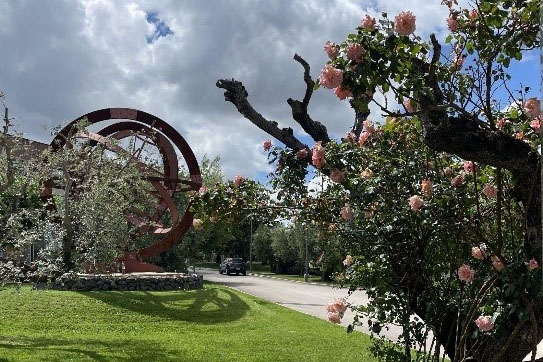
AI and Earth observation: BGS visits the European Space Agency
02/07/2025
The newest artificial intelligence for earth science: how ESA and NASA are using AI to understand our planet.
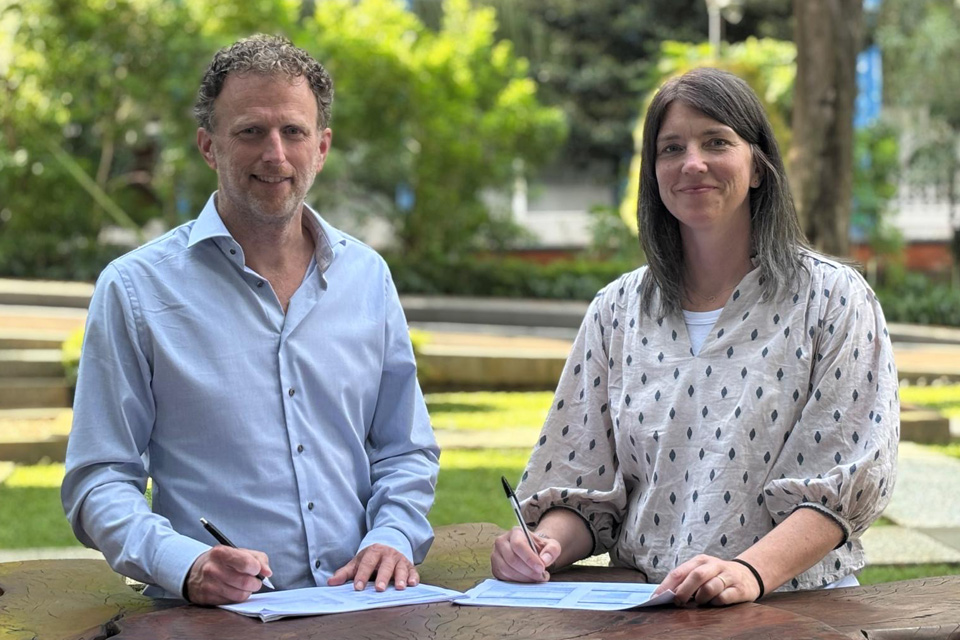
New collaboration aims to improve availability of real-time hazard impact data
19/06/2025
BGS has signed a memorandum of understanding with FloodTags to collaborate on the use of large language models to improve real-time monitoring of geological hazards and their impacts.
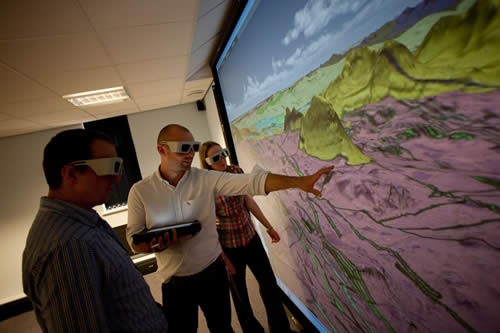
Celebrating 20 years of virtual reality innovation at BGS
08/04/2025
Twenty years after its installation, BGS Visualisation Systems lead Bruce Napier reflects on our cutting-edge virtual reality suite and looks forward to new possibilities.
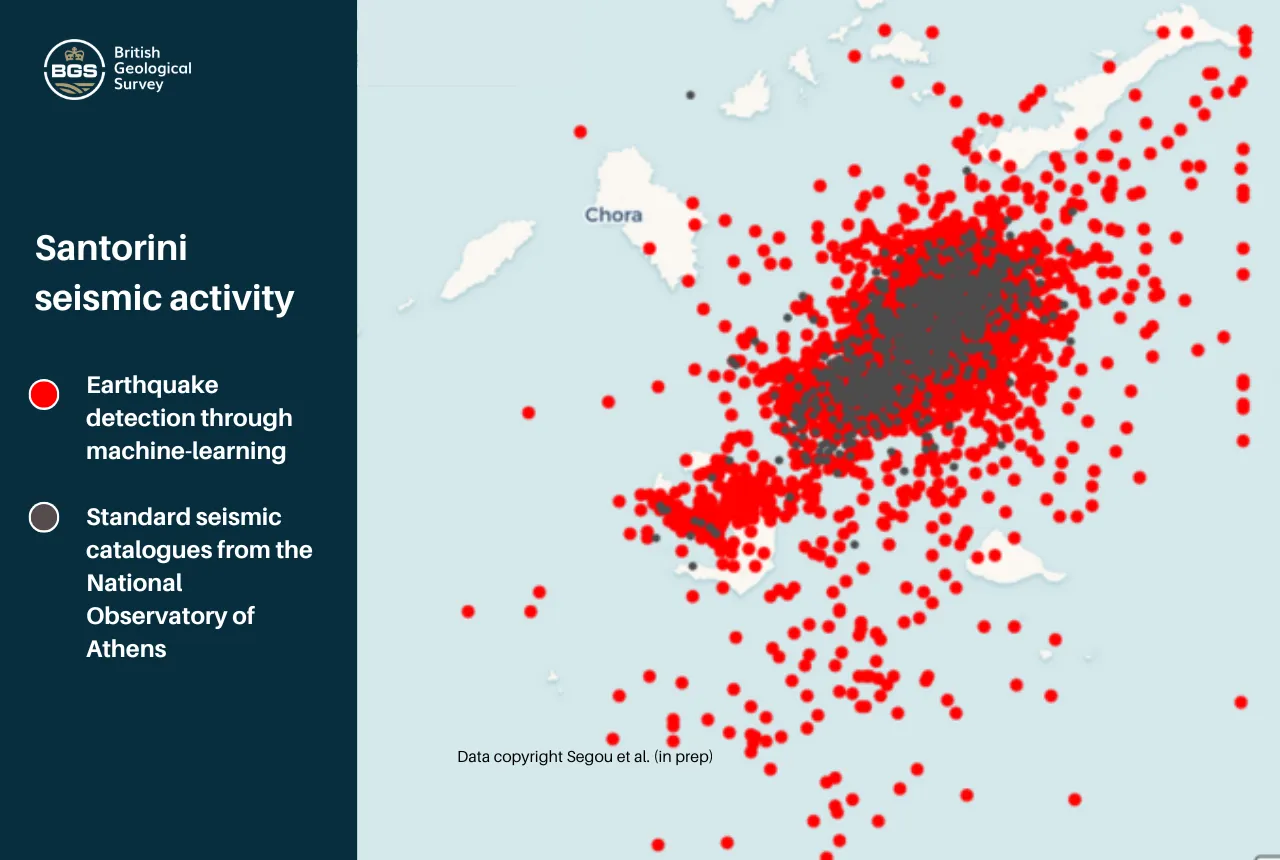
Artificial intelligence is proving a game changer in tracking the Santorini earthquake swarm
07/02/2025
Scientists are harnessing the power of machine learning to help residents and tourists by detecting thousands of seismic events.
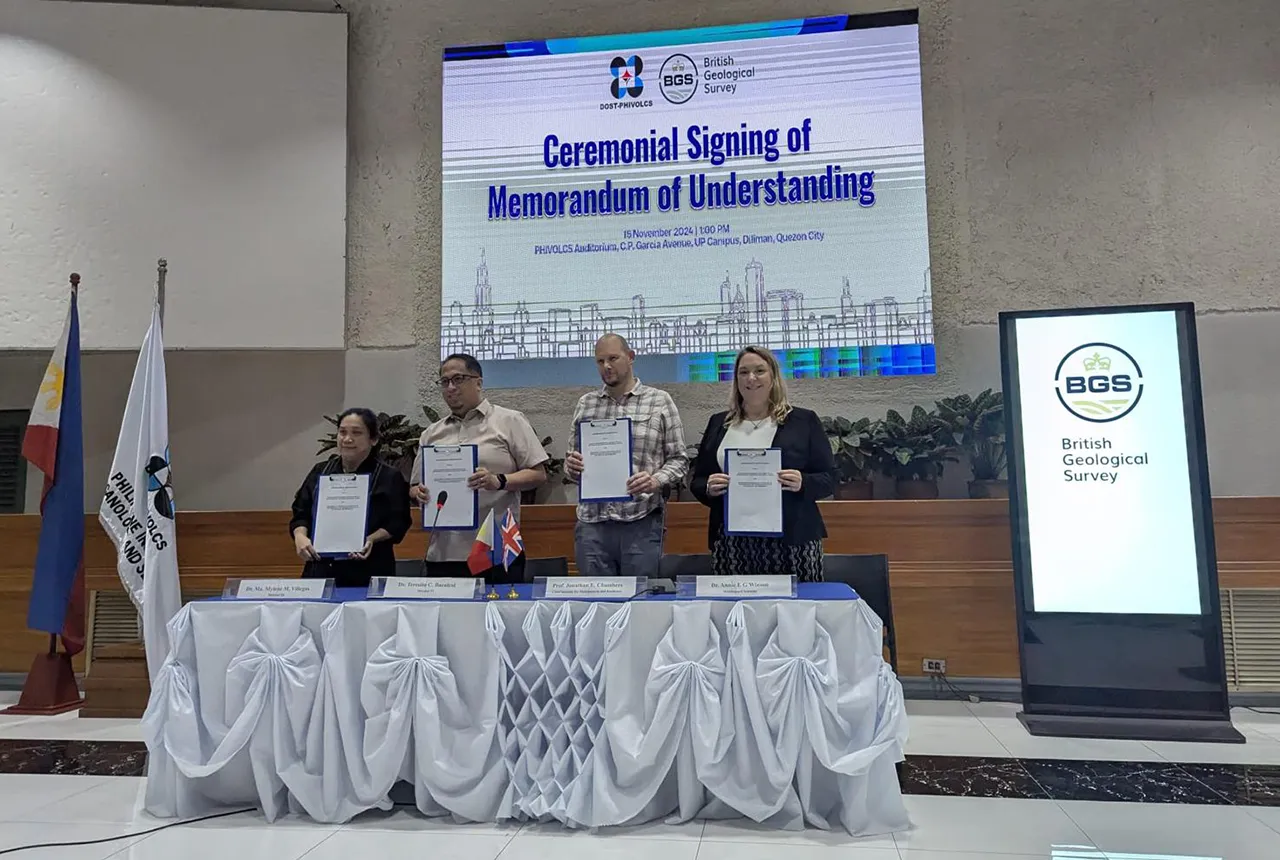
New Memorandum of Understanding paves the way for more collaborative research in the Philippines
21/01/2025
The partnership will focus on research on multi-hazard preparedness within the country.
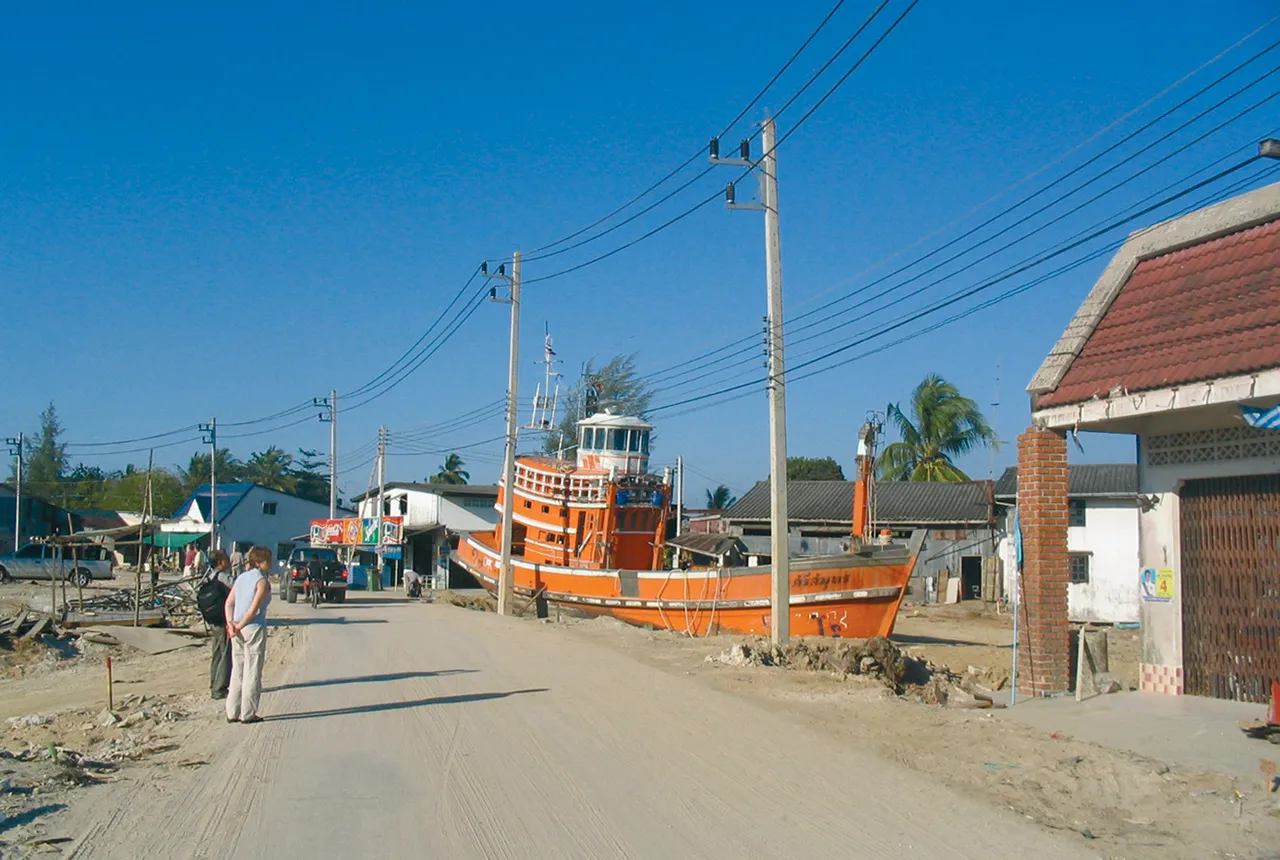
Twenty years on: the Indian Ocean earthquake and tsunami
26/12/2024
Boxing Day 2024 marks 20 years since the Indian Ocean earthquake and tsunami. Prof David Tappin reflects on the disaster and discusses what we have learnt since 2004.

Electromagnetic geophysics in Japan: a conference experience
23/10/2024
Juliane Huebert took in the fascinating sights of Beppu, Japan, while at a geophysics conference that uses electromagnetic fields to look deep into the Earth and beyond.
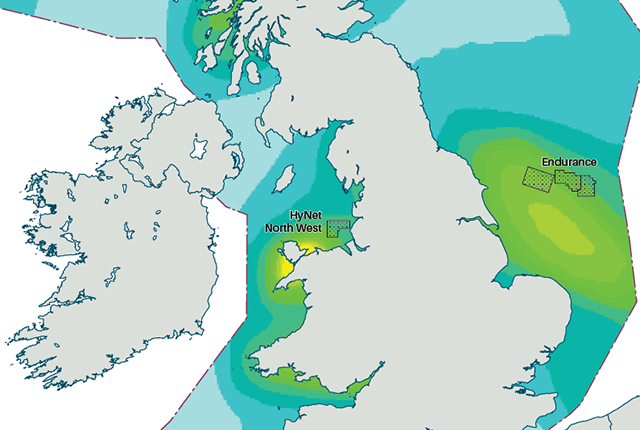
New hazard maps set to help safeguard UK offshore energy industry
12/09/2024
Essential geological model detailing seismic hazard published as the pursuit of new renewable energy infrastructure intensifies.
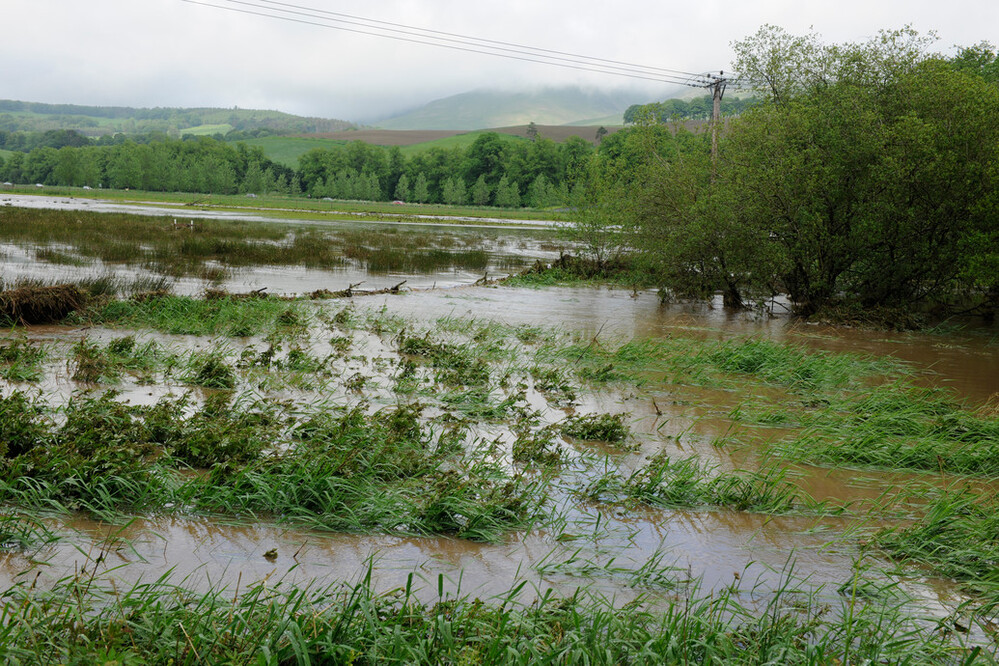
New £38 million project to reduce the impact of floods and droughts
02/09/2024
BGS will take a leading role in efforts to better predict the location and effects of extreme weather events.
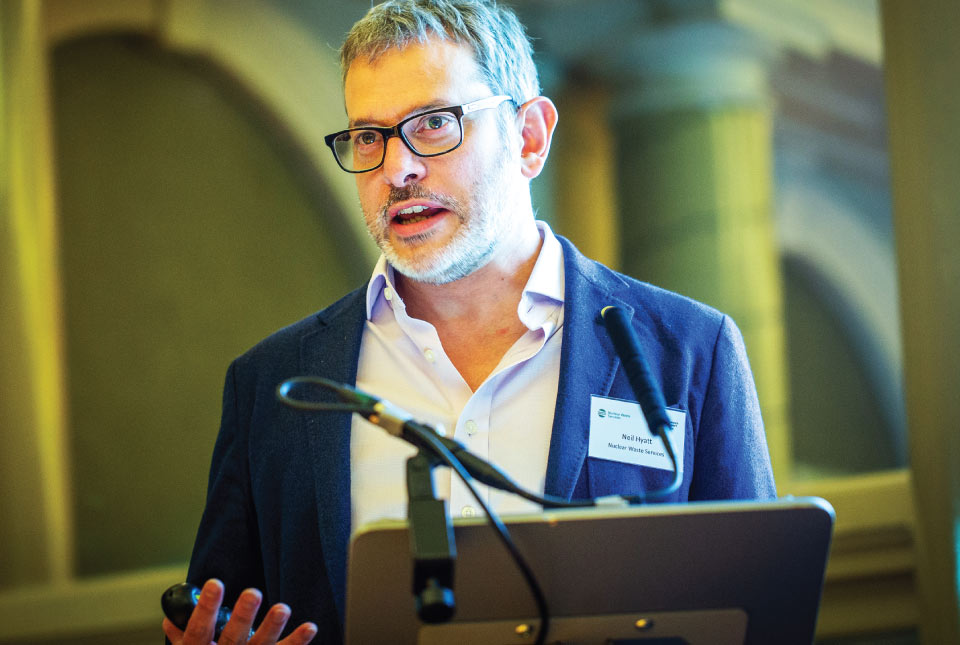
New appointments to BGS Science Advisory Committee
29/08/2024
The appointments mark the latest step in the ongoing delivery of BGS’s essential geological expertise.
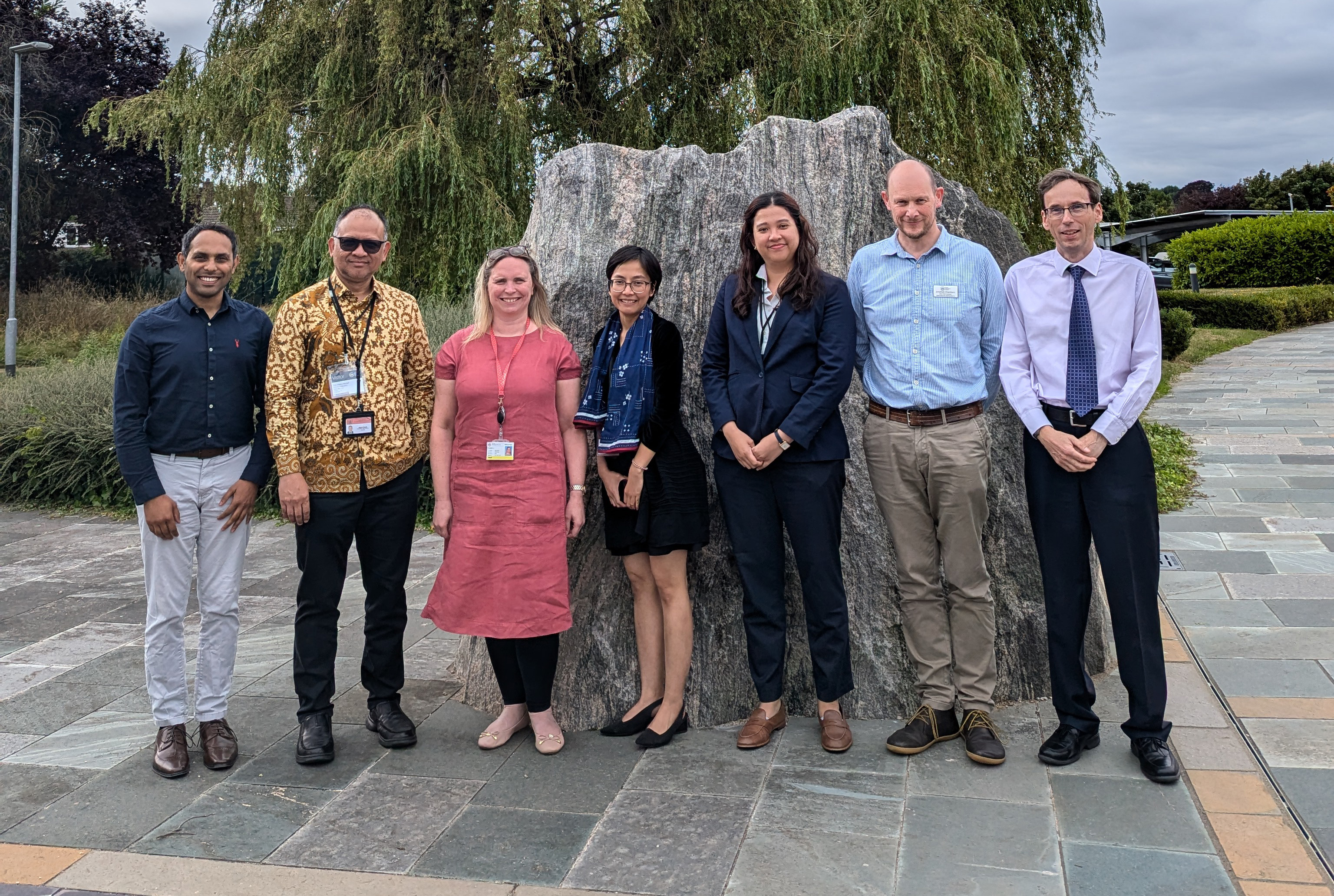
Visit by Indonesian Embassy representatives to BGS
27/08/2024
Strengthening BGS/Indonesia scientific research partnerships to address the complex challenges Indonesia faces from natural hazards and maximising opportunities from mineral resources and geothermal energy.
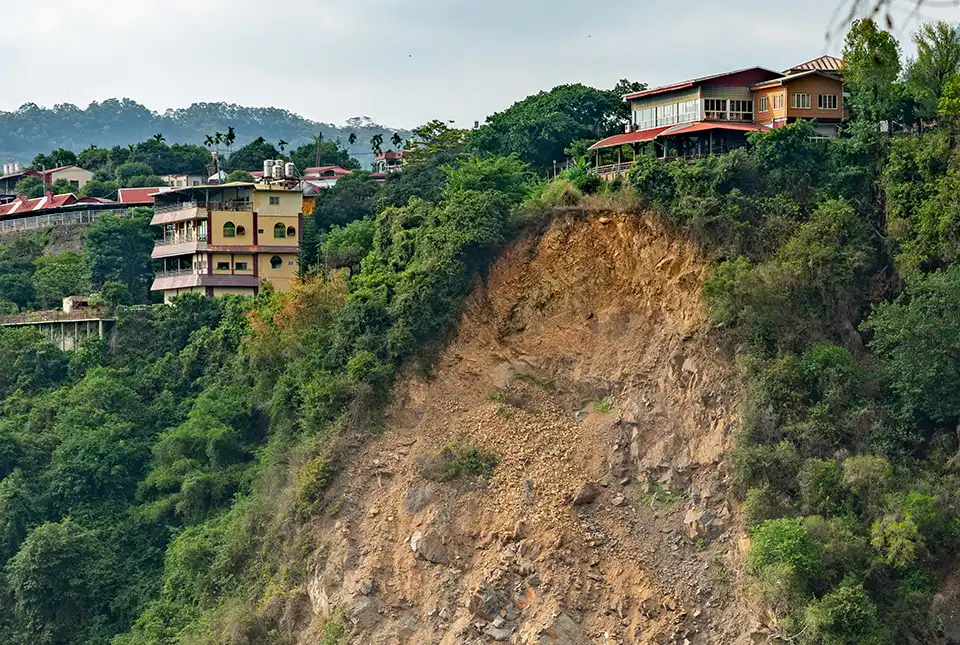
Studying multi-hazards from space
25/07/2024
A new European Space Agency-funded project will study the effect earthquakes have on occurrences of other natural hazards in the long-term.



